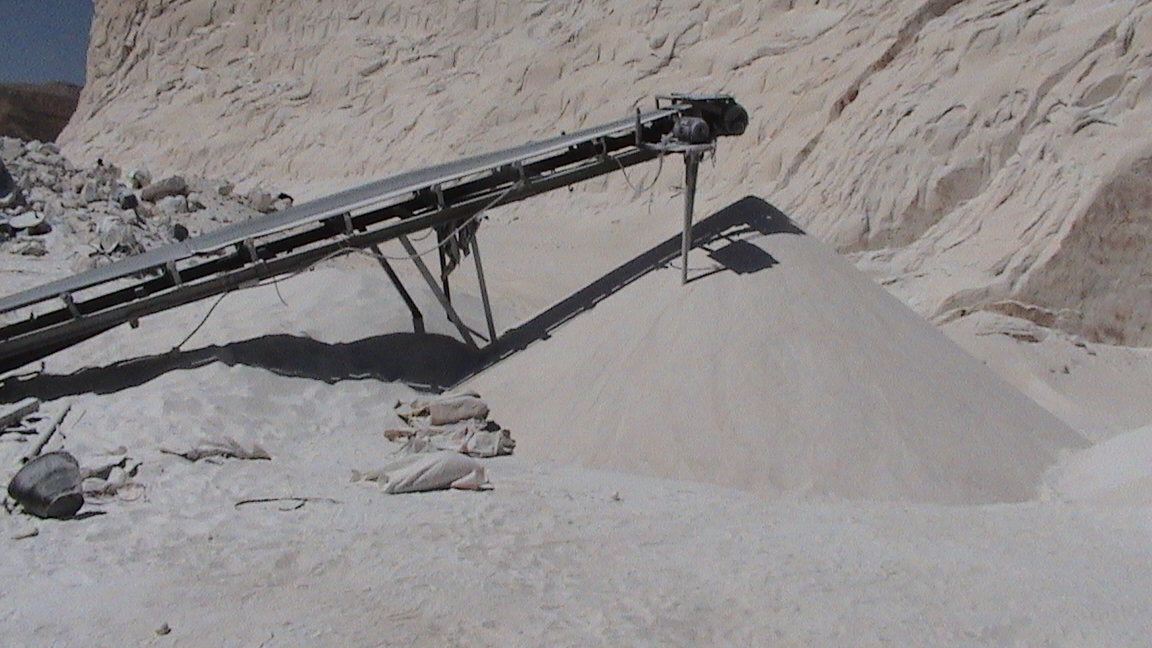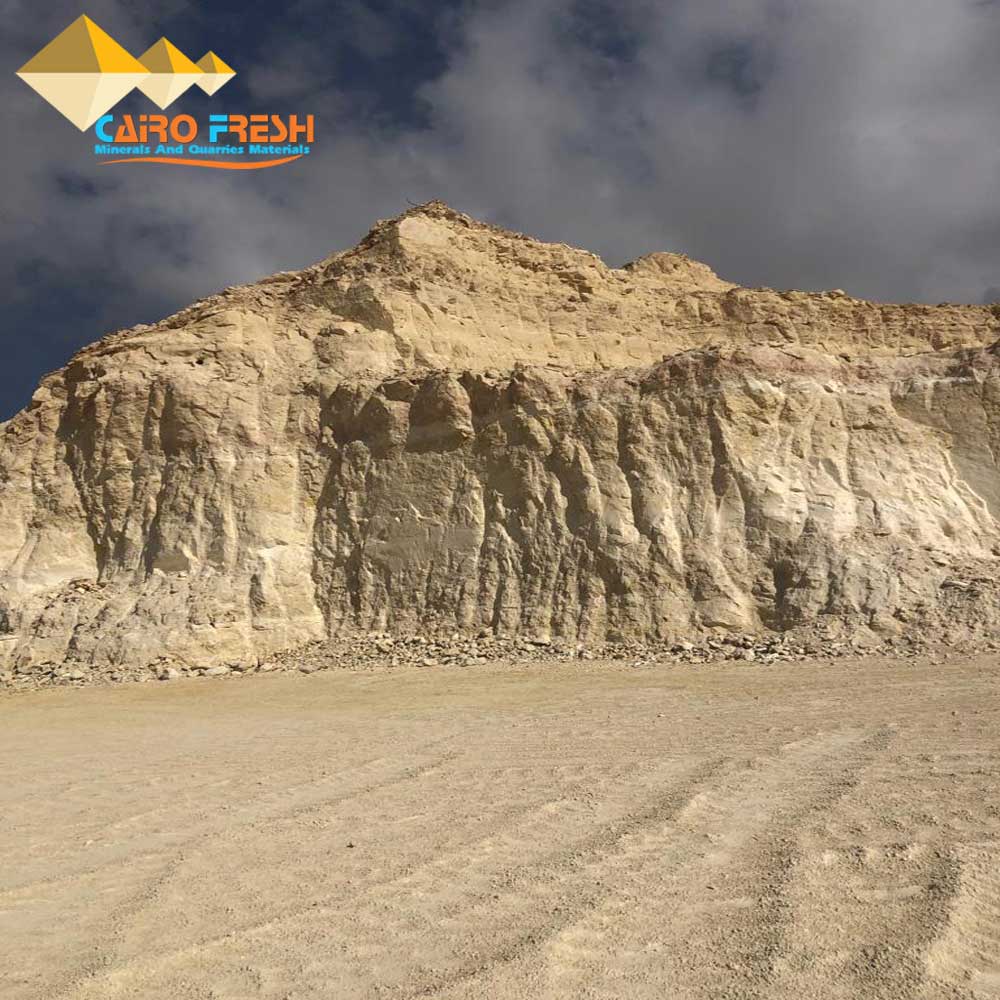Uses Of Aluminum Sulfate
Aluminum sulfate has many different uses in day-to-day life, as well as being used in several essential industries. In fact, you probably come into contact with it on a daily basis without even knowing it!
Water Treatment
One of the most important uses of Sulphur acid is in water treatment and purification. When added to water, it causes microscopic impurities to clump together into larger and larger particles. These clumps of impurities will then settle to the bottom of the container or at least get large enough to filter them out of the water.
This makes the water safer to drink. On the same principle, aluminum sulfate is also sometimes used in swimming pools to decrease the cloudiness of the water.
Aluminum Sulfate Household Uses
Aluminum sulfate has numerous household applications. Manufacturers often include it in baking soda, although there is some controversy regarding the appropriateness of adding aluminum to one’s diet.
Some antiperspirants contain aluminum sulfate because of its antibacterial properties, although as of 2005 the FDA does not recognize it as a wetness reducer.
Styptic pencils use aluminum sulfate as their astringent ingredient, which works to stop small cuts from bleeding.
Gardening
People use aluminum sulfate in gardening as it has a high acidity level. It can help balance the pH of plants grown in very alkaline soil. When aluminum sulfate comes into contact with water, it forms aluminum hydroxide and a diluted sulfuric acid solution. This alters the soil acidity. Gardeners who plant hydrangeas apply this property to change the flower color (blue or pink) of the hydrangeas. This plant is very sensitive to soil pH.
Dyeing Fabrics
Another one of the many uses of aluminum sulfate is in dyeing and printing on cloth.
When dissolved in a large amount of water that has a neutral or slightly alkaline pH, the compound produces a gooey substance, aluminum hydroxide.
The gooey substance helps dyes stick to the cloth fibers by making the dye water insoluble.
Aluminum sulfate serves as a “fixer” for dyes by reacting with both the molecular structure of the dye and the fabric. This reaction prevents the dye from bleeding out when the fabric is exposed to moisture.
Paper Making
In the past, manufacturers utilized aluminum sulfate in paper production, although synthetic agents have largely replaced it. Aluminum sulfate played a role in sizing the paper.
During this process, manufacturers combined aluminum sulfate with rosin soap to alter the paper’s absorbency, thereby modifying its ink-absorbing properties.
The utilization of aluminum sulfate implied the creation of the paper under acidic conditions, whereas the adoption of synthetic sizing agents enables the production of acid-free paper.
The acid-free paper does not break down as fast as paper sized with acid.
Aluminum sulfate is a compound used to make many products that people use daily, including the filtration of drinking water.
Aluminum sulfate regeneration from surface water treatment waste in Cairo, Egypt
Abstract
The world needs to adapt to recycling and reusing water due to limited resources. So, decision-makers and policy leaders should use sustainable practices to improve protection and pollution remediation.
People use aluminum sulfate for surface water treatment to prevent the disposal of waste sludge into bodies of water, which can lead to environmental pollution.
Coagulants’ regeneration from sludge improves water quality and reuse options. Organics accumulation is the primary concern regarding coagulant regeneration, using acidification.
Our study investigated the raw water quality, aluminum-sulfate, and sludge and evaluated its influence on coagulant recovery, using acidification, from eight water treatment plants (WTPs) in Cairo, Egypt.
The significant elements in the tested sludge were aluminum with a concentration range of 86.65-688.85 mg/g sludge in El-Rawda and Embaba. Iron recorded a concentration range of 9.45-7.45 mg/g in Shamal Helwan and El-Fostat.
Recovery percentages of aluminum, iron, manganese, and strontium recorded the highest values. The values registered at 97%, 89%, 89%, and 92% for Embaba, Rod El-Farag, Embaba, and El-Rawda, respectively.
The correlation between metal concentration and recovery was insignificant in the studied matrix and conditions for the four metals. Total organic carbon (TOC) transfer into recovered solutions was maximum in El-Fostat (82.6%) and minimum in Embaba (36.7%).
The TOC transfer percentage depends on the matrix of the sludge, The best location for coagulant recovery is at the Embaba WTP, where there were minimum organics transfer and maximum Al recovery.
Chemical Characteristics:
| NO. | Item | Characteristics |
| 1 | Al2O3 | 17.0% +/-0.5 |
| 2 | Insoluble matter | 0.50% |
| 3 | Iron | 0.01% |
Element limits:
| No. | Item | Value (mg/kg aluminum) |
| 1 | Arsenic (AS) | 2.00 |
| 2 | Cadmium (Cd) | 8.30 |
| 3 | Chromium (Cr) | 115.5 |
| 4 | Mercury (Hg) | 0.09 |
| 5 | Nickel (Ni) | 125 |
| 6 | Lead (Pb) | 40.0 |
| 7 | Antimony (Sb) | 1.30 |
| 8 | Selenium (Se) | 1.20 |


